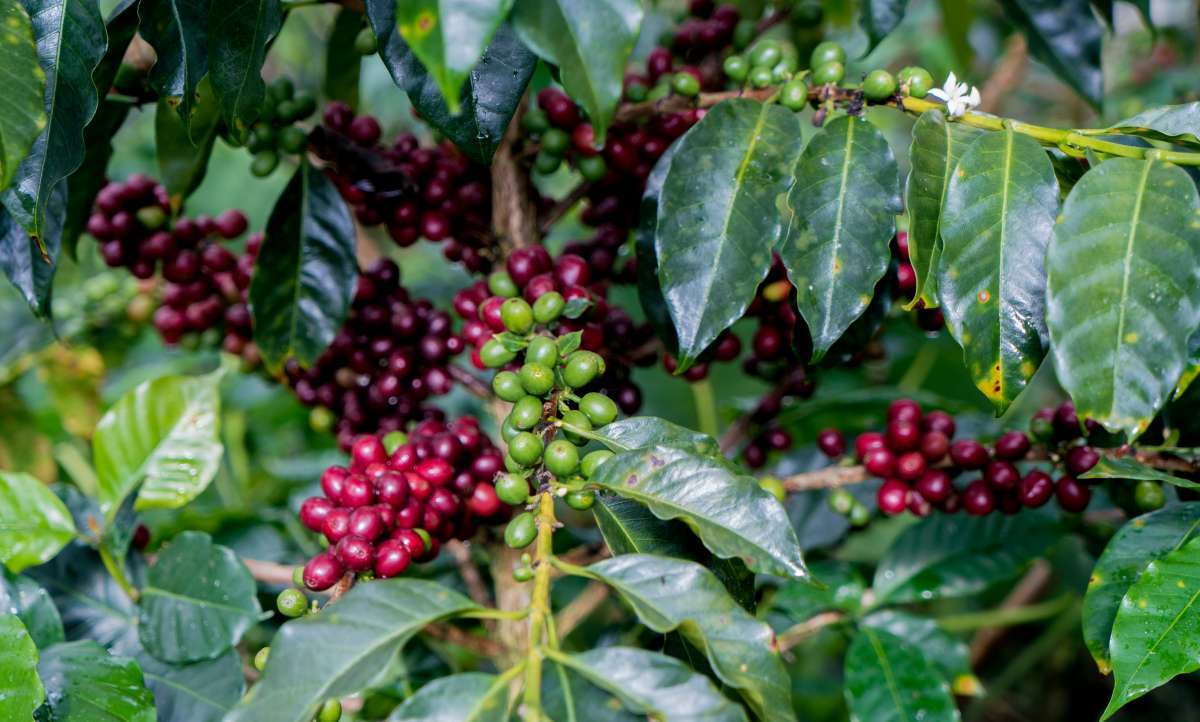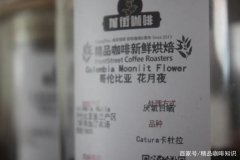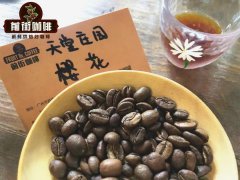Hand coffee San Jose, Colombia, what's the difference between the musician series? Characteristics of cooking flavor
Chateau San Jose, Colombia
Country of origin: Colombia
Producing area: Caldas producing area
Manor: San Jose Manor
Altitude: 1750 m
Grade: supremo
Variety: Castillo
Treatment method: refined water washing rum barrel fermentation treatment
It is recommended that the gram weight of hand-brewed coffee recommended by SCA should be 15g coffee powder 90 degrees to 91 degrees hot water 225ml and the ratio of water to powder at 1:15.
The flavors are: rum, chocolate, tropical fruit and maple syrup.
Rum barrel treatment with delicate water washing
The coffee used to make delicate rum barrel fermentation is about 17 and 18 Castillo varieties selected. The coffee fruit was peeled and put into an aged oak barrel for low temperature fermentation.
Low temperature fermentation is followed by washing treatment, and finally drying on the sun rack. A wonderful blend of aromas of rum and oak.

Castillo (Castillo) is a new generation of leaf rust resistant coffee developed by the Colombian Coffee producers Association (FNC) and the Colombian National Coffee Research Center Cenicafe. Cenicafe hopes to further improve the variety. In order to achieve a higher coffee yield, with higher resistance, and Kaddura comparable quality and flavor. In the last 50 years of the last century, Kaddura gradually replaced the ancient Colombian coffee variety as the main cultivated variety in Colombia. in 1982, the Coffee Research Center released the Colombian species, and in 1983, leaf rust was first discovered in Colombia. disease-resistant Colombian species have been promoted. In 2005, based on the Colombian species research, the Coffee Research Center launched the Castillo species, and FNC strongly supported the application of new products, promoting the cultivation of new products through a package of agricultural and financial policies. Just a decade later, by 2015, articles had pointed out that Castillo accounted for 40% of all coffee acreage in Colombia. Among them, the outbreak of leaf rust from 2008 to 2010 also contributed to the popularity of Castillo. Castillo's promotion once caused a great deal of controversy between coffee farmers and roasters, often focusing on the new Castillo's Robusta gene and their cup performance compared with Kaddura. In December 2014 and January 2015, world-renowned coffee organizations and research institutions, together with well-known coffee companies, conducted a sensory test on the cup test performance of Castillo and Kaddura. The analysis was conducted on 25 farms in the Narinho region of Colombia, provided by Castillo and Kaddura. As for the test results, in a nutshell, Castillo performed well in the cup.

San Jose Manor
The century-old San Jose Manor (Finca San Jose Estate) is located in an ash-rich area of the Nevada Druise volcano with plenty of sunshine, with annual average temperatures between 21 ℃ and 25 ℃. The estate has a total of 18 hectares, of which 16.5 hectares are used to grow coffee.
In the wave of boutique coffee in recent years, the San Jose Manor has been actively trying to find a breakthrough to find a different path for itself.
The husband of Monsalve Botero, the hostess of San Jose, who specializes in making rum oak barrels and brewing rum, one day while filling the distillate for fermentation, wondered if there would be a more different flavor if the raw coffee beans were fermented in oak barrels.
As a result, Monsalve Botero began experimenting with low-temperature fermentation of different lengths in rum barrels in 2013, and finally found an ideal way in 2018 to produce this bean, which is different from the usual washing treatment.

The cup test flavor is embodied in: rum, wine heart chocolate, tropical fruit, maple syrup.
Important Notice :
前街咖啡 FrontStreet Coffee has moved to new addredd:
FrontStreet Coffee Address: 315,Donghua East Road,GuangZhou
Tel:020 38364473
- Prev

What kind of coffee do you have in Colombia? What's the taste of Flower Moon Night? the characteristics of good coffee beans.
Columbia Flower Moon Night producing country: Colombia producing area: Cymbidium planting altitude: 1800m treatment: anaerobic tanning treatment Coffee Variety: Kaddura roasting degree: medium roasting recommendation according to the SCA recommended handbrew coffee weight 15g coffee powder 90 degrees to 91 degrees hot water 225ml, water powder ratio 1:15. Flavor: strawberry, floral, slightly fermented aroma, black cocoa
- Next

How good is Colombian coffee? What are the origins and characteristics of the cherry blossom coffee bean story?
Colombian cherry blossom producing country: Colombia producing area: Cauca variety: Castiyou altitude: 2050m baking degree: medium and shallow roasting treatment: double anaerobic washing method recommended according to the SCA recommended handbrew coffee weight 15g coffee powder 90 degrees to 91 degrees hot water 225ml, gouache ratio 1:15. The flavor is reflected in the sweetness of strawberry jam and the aroma of chamomile. Entrance grass
Related
- Detailed explanation of Jadeite planting Land in Panamanian Jadeite Manor introduction to the grading system of Jadeite competitive bidding, Red bid, Green bid and Rose Summer
- Story of Coffee planting in Brenka region of Costa Rica Stonehenge Manor anaerobic heavy honey treatment of flavor mouth
- What's on the barrel of Blue Mountain Coffee beans?
- Can American coffee also pull flowers? How to use hot American style to pull out a good-looking pattern?
- Can you make a cold extract with coffee beans? What is the right proportion for cold-extracted coffee formula?
- Indonesian PWN Gold Mandrine Coffee Origin Features Flavor How to Chong? Mandolin coffee is American.
- A brief introduction to the flavor characteristics of Brazilian yellow bourbon coffee beans
- What is the effect of different water quality on the flavor of cold-extracted coffee? What kind of water is best for brewing coffee?
- Why do you think of Rose Summer whenever you mention Panamanian coffee?
- Introduction to the characteristics of authentic blue mountain coffee bean producing areas? What is the CIB Coffee Authority in Jamaica?

